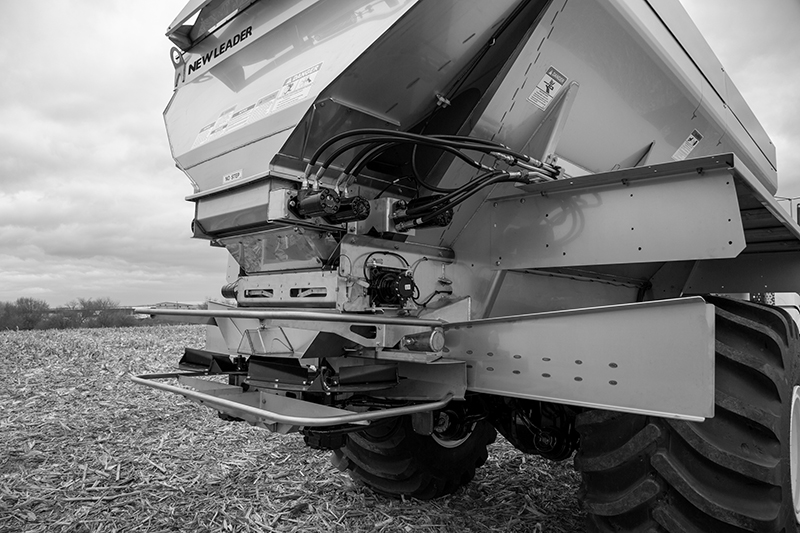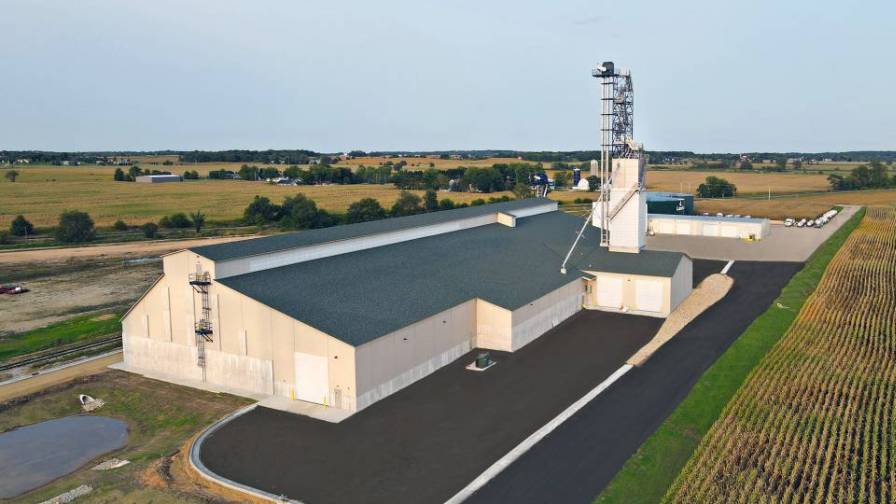Study: Better Season-Long Nutrient Supply In Soybean Is Critical
Over the last several decades there have been substantial yield improvements in soybean. Because of new varieties and new agronomic practices, the yield potential in soybean is higher now than ever before. But a lack of updated information on the nutritional needs of soybean crops may be limiting the crop’s potential, according to an article on the University of Illinois’ College of Agricultural, Consumer and Environmental Sciences website.
Researchers from the University of Illinois Crop Physiology Laboratory led by Fred Below have recently provided an updated set of nutrition needs for soybean, identifying exactly which nutrients the plant needs, when those nutrients are accumulated throughout the season, and where the plant uses those nutrients.
Through field trials over three years at sites in DeKalb and Champaign, the researchers determined that some of the crop’s nutritional needs may not be getting enough attention under current management practices, according to Ross Bender, a U of I doctoral candidate in crop physiology and lead author of the study.
Bender said that one of the more important findings of the study is that there appears to be a significantly greater accumulation of nutrients during seed filling now than in the past.
“Because we have a higher yield potential, our farmers are now producing more beans than ever before,” Bender said. “As a result, that high-yielding bean with a lot of nutrients concentrated in it has sort of influenced when some of the nutrients are accumulated. We have more grain developing later in the season, right before harvest, and that’s actually driving increased nutrient accumulation.
“That’s one of the fairly interesting findings in that we see larger quantities of nutrient accumulation throughout the plant’s life cycle, but especially in the later-half of the season,” he added.
To determine nutrient needs, the researchers measured nutrient accumulation throughout the course of the whole growing season. They measured macronutrients, including nitrogen (N), potassium (K), and phosphorus (P) — the primary macronutrients for soybean — and the secondary macronutrients magnesium (Mg), calcium (Ca), and sulfur (S). They also measured micronutrients that are needed in smaller quantities, including boron (B), copper (Cu), iron (Fe), manganese (Mn), and zinc (Zn).
Read the full story on the University of Illinois’ ACES website.






